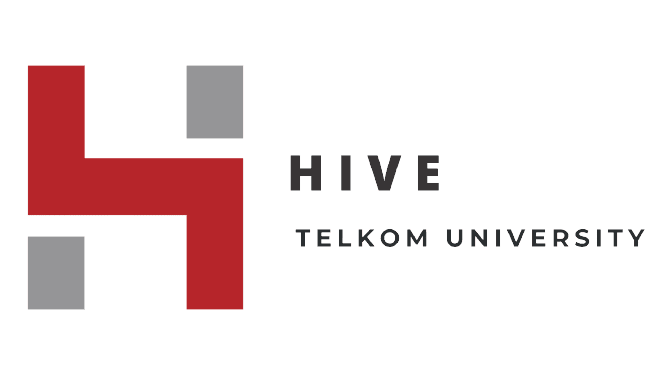How to accelerate Open RAN adoption – RCR Wireless News

Beginning in 2018, Rakuten Mobile, a subsidiary of Japanese conglomerate Rakuten Group, started deploying a greenfield Open RAN network. Since then, Rakuten Group has also spun off hardware/software and consultancy vendor Rakuten Symphony to sell its technology stack and approach to operationalizing an Open RAN network. In the recent Open RAN Global Forum, available on demand, Rakuten Symphony Chief Business Officer Rabih Dabboussi reflected on the why and how of the approach in Japan, and what he sees driving adoption of Open RAN in the larger brownfield network market.
In terms of why Rakuten Mobile elected to go with Open RAN, Dabboussi highlighted three main drivers. First, he said because Rakuten Mobile was entering a market with three established incumbent operators, they need a more advantageous cost structure focused on TCO reduction to gain a competitive edge. Second, given Rakuten Group’s large reach into things like e-commerce, financial services, travel, entertainment and more, mobile fit into a larger data-driven platform strategy. And third, “We don’t believe in building a huge organization to keep the lights up…The adoption of a software-centric, highly programmable network leveraging highly optimized cost compute and storage and network systems” facilitates process automation.
“We strongly believe in this mission,” he said. “We strongly believe in our technology stack, and as we built it and used it ourselves, we created yet a new company called Rakuten Symphony that would take the technology, the solutions, the products, and the overall architecture and provide it to other telcos around the world, both brownfield and greenfield.”
With long-term operator commitment for scaled Open RAN deployment throughout the remainder of the decade, Europe is poised to be a hotbed of brownfield action. That said, it’s a slow go for multinational operators like Vodafone and Orange with many radio site activations focused on rural markets. But things are progressing, Dabboussi said.
“The interest is very high given the proliferation of cloud adoption for core, for OSS, for enterprise systems in every telco,” he said. “So the conversation is much easier now. There is a deeper understanding of the benefits of cloud, benefit of software-centric networks and cloud-native tech.” Further, he said ARPU and EBITDA pressure plays to Open RAN’s TCO strengths.
As for what this means for Rakuten Symphony, he said he’s thinking of brownfield customers in two camps. “The first one is the traditional-thinking camp that will take their old RFPs from 4G and 3G days…and they would copy and paste around the specific requirements…There is also probably another camp that thinks about this being more pragmatic about it, thinking that this is new technology. If I want to match every feature in RF or in transport or in OSS into the new tech, it’s going to take a while to achieve that 100% parity and matching of the 3GPP features.”
Acknowledging the solvable complexities that come with introducing disaggregated radio kit into existing legacy networks, Dabboussi said Rakuten Symphony is still able to help customers navigate through and “deliver equivalent or better customer experience.”
Calling out brownfield experiences in Europe the Middle East, Africa, Asia and North America, he said, “The integration of an Open RAN radio and a cloud native mobile access network into an existing brownfield environment is not as difficult or as impossible as many people may think. It is challenging. There is a way to go about it, and we have done it multiple times…And this is where the rubber hits the road, where our radio expertise and our architects come into a very important play here to try and come up with a solution that fits into each environment for the adoption and the introduction of Open RAN into a legacy based Brownfield environment. And I have not seen any major challenges that keep us away from that.”
Asked why, given the performance, cost and other upsides associated with Open RAN, adoption has been slower than many would like, Dabboussi gave a clear-eyed response. “Because it takes time, he said. “And because it takes time, I think the industry has been super critical of itself…And this is my call to the whole industry that the future is heading that way. It is slow, yes, the technology is nascent, yes, but it’s going to get there.”
ABOUT AUTHOR
Since 1982, RCR Wireless News has been providing wireless and mobile industry news, insights, and analysis to mobile and wireless industry professionals, decision makers, policy makers, analyst and investors.
© 2021-2022 RCR Wireless News




